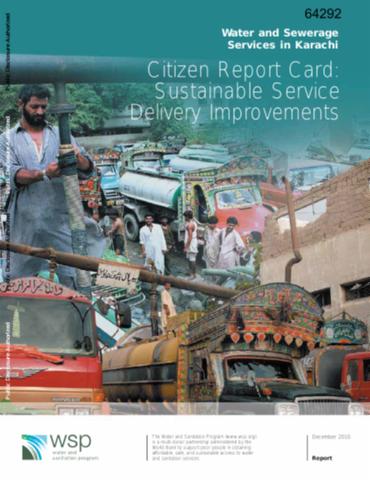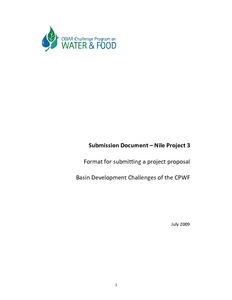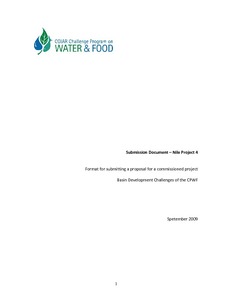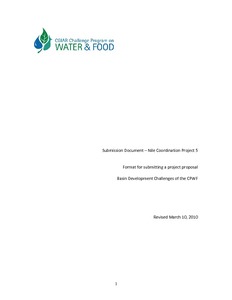changing profile of water traders in the Goulburn-Murray Irrigation District, Australia
This paper examines the changing profile of water traders (both allocation and entitlement traders) in the Goulburn-Murray Irrigation District in Australia, and examines the efficiency of the water allocation and entitlement markets from 1998-99 to 2003-06. The results suggest that the profile of traders in the early and mature stages of the water allocation market differ greatly. In addition, the profile of allocation traders is significantly dissimilar from that of water entitlement traders at all stages of water market development.






